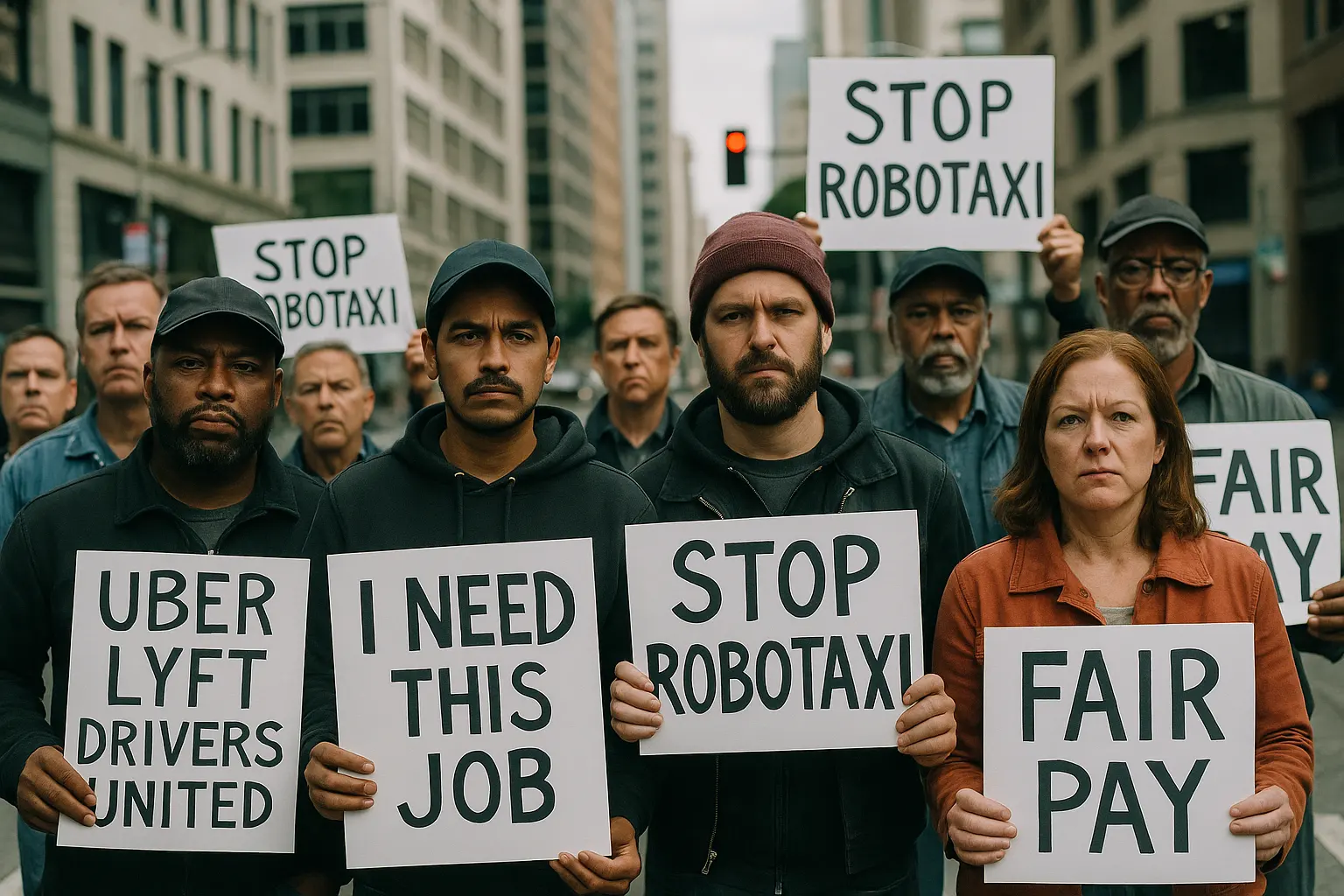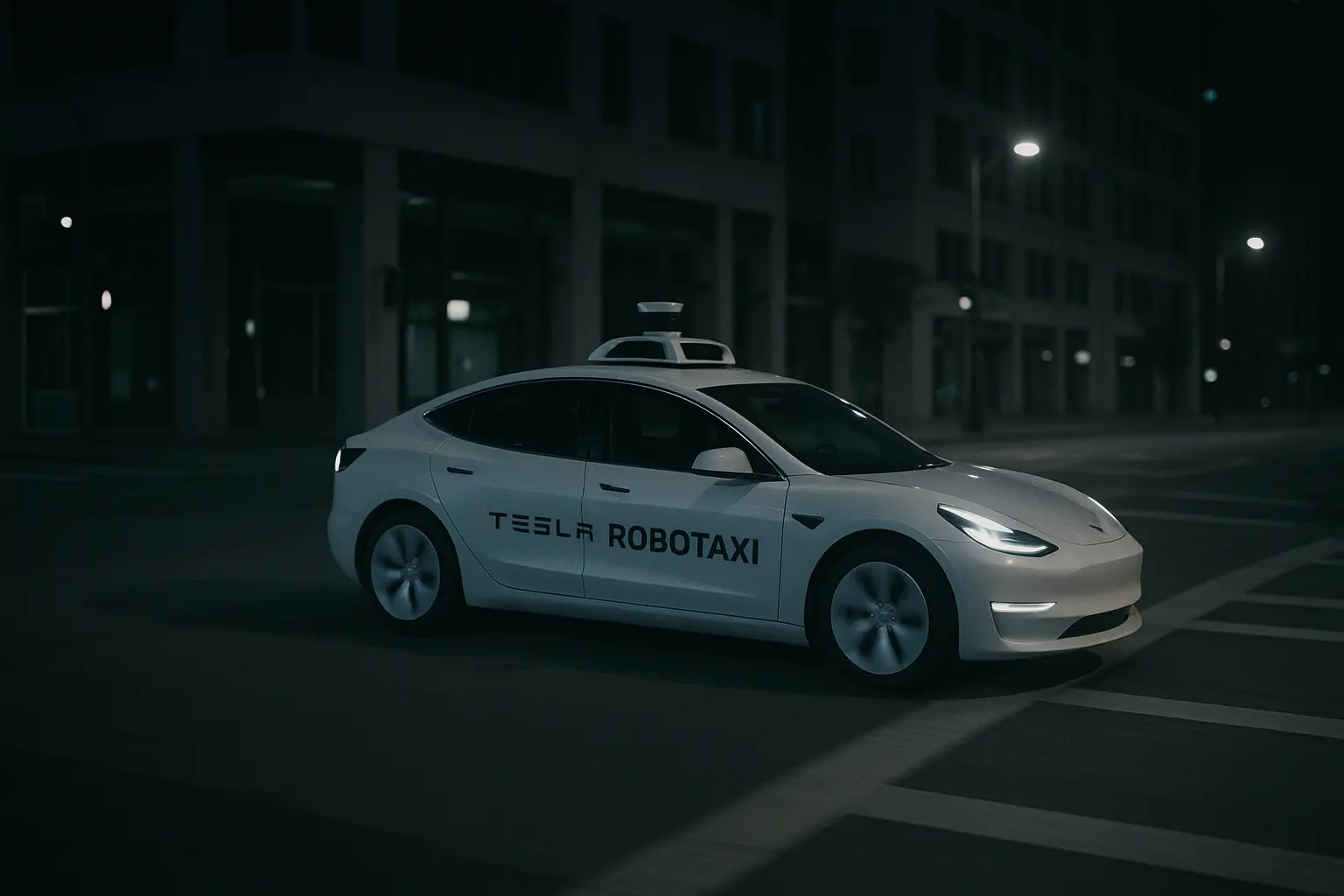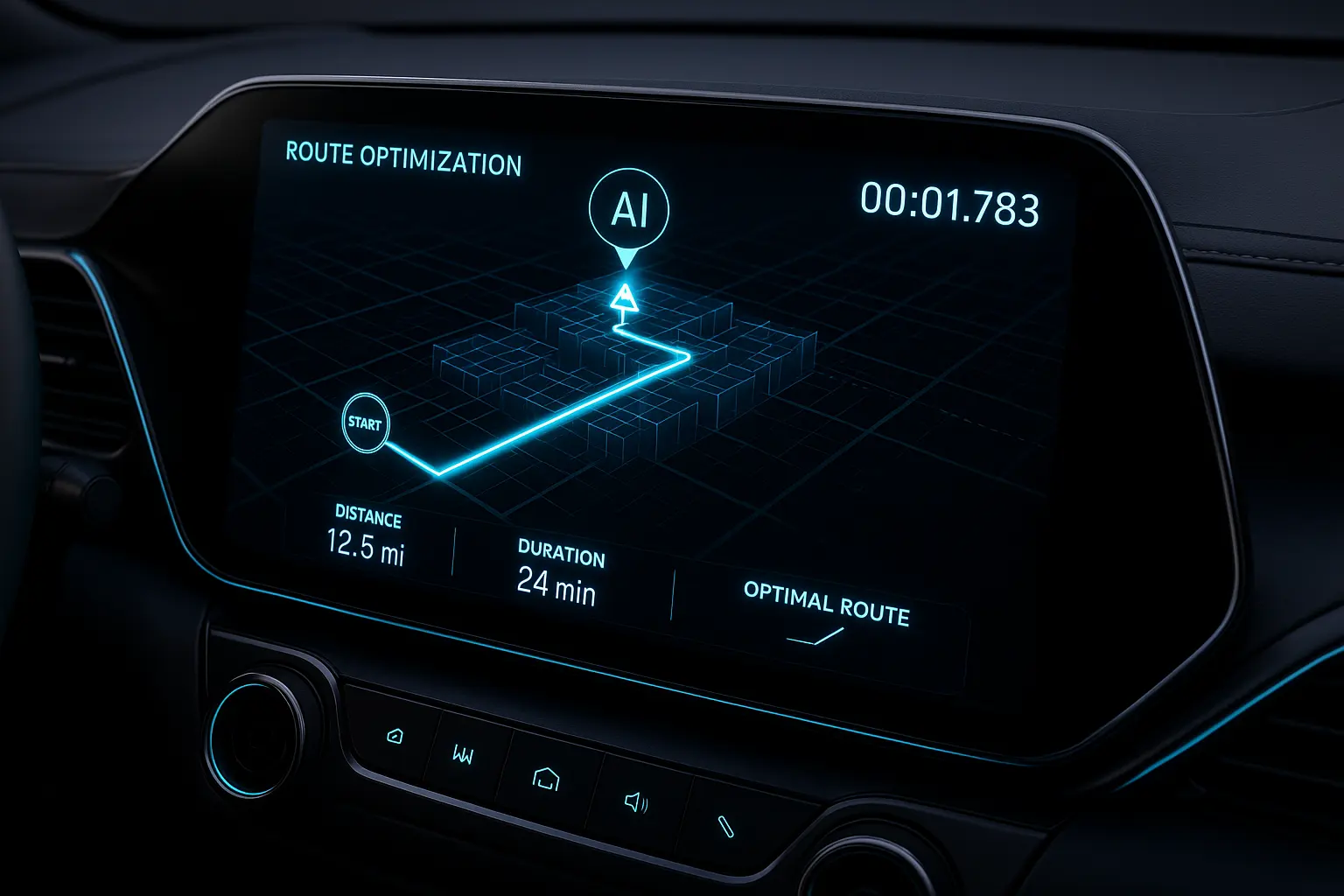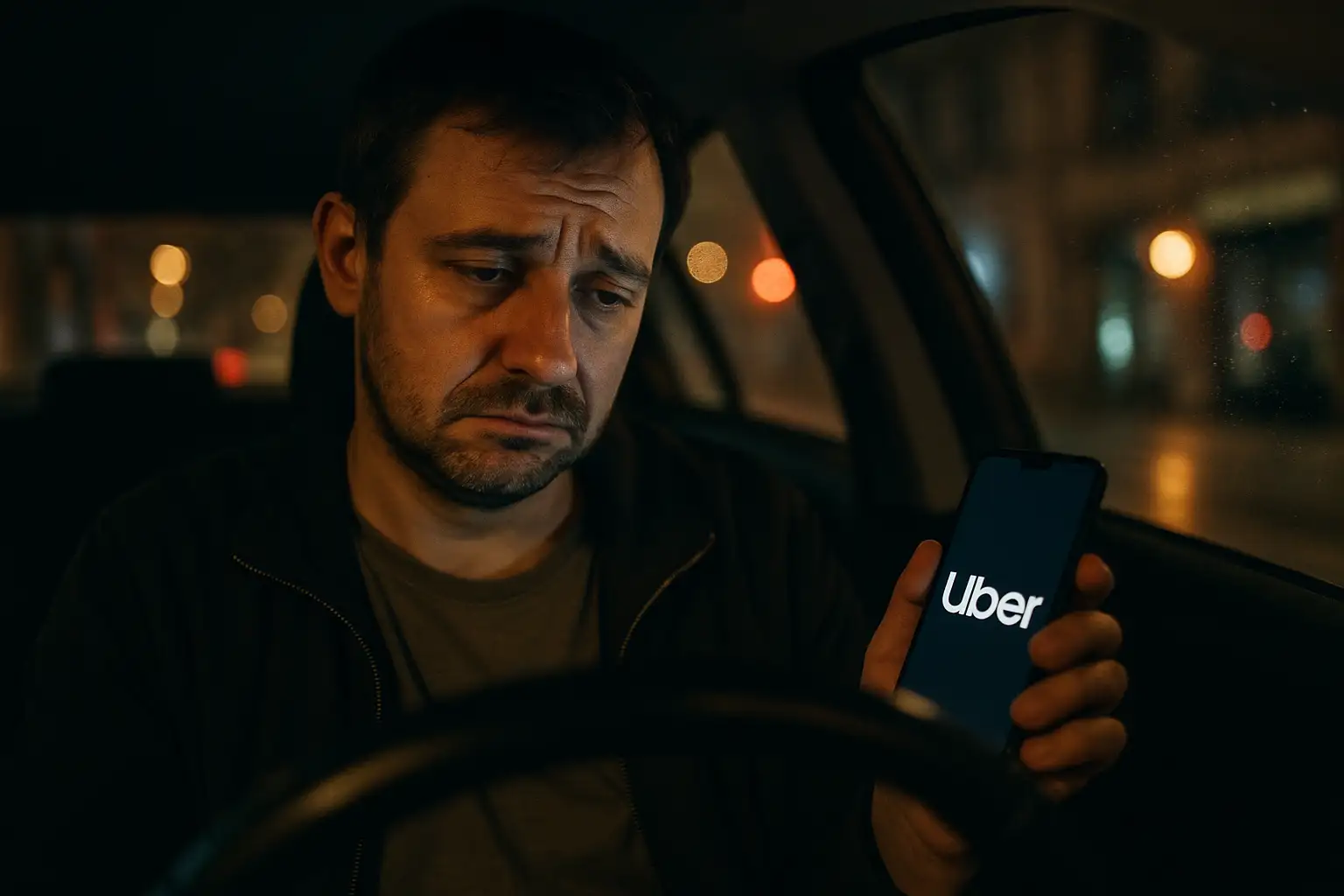Robotaxi and the Silent Dismissal of 9.8 Million Drivers
The battle for dominance in electric vehicle manufacturing has shifted dramatically. As Tesla loses market share in Asia and Europe, Elon Musk’s answer is not a new model or lower prices—but a fully autonomous alternative that eliminates the costliest part of a ride: the driver.
Robotaxi, Tesla’s autonomous transport initiative, promises sub-second route optimization, advanced collision avoidance systems, and a self-learning AI. It is being marketed not only as a technical marvel, but also as a financial revolution for rideshare companies. Why pay a human, when software can drive 24/7, never sleep, and constantly improve?
The Illusion of Progress
On paper, the benefits are undeniable: no driver fatigue, lower insurance premiums, and increased efficiency. But the rollout is not just about innovation—it’s a massive labor shift veiled in the promise of progress. Uber and Lyft, facing ongoing pressure to become profitable, are eager participants in this automation scheme.
What’s particularly concerning is the **quiet method** being employed. Rather than immediate mass firings, the companies are **systematically lowering fares**, pushing full-time drivers to quit out of frustration. While many might see this as simple cost-cutting, it’s part of a larger, more dangerous game.
Millions in Limbo
According to internal estimates and market data, over 9.8 million drivers across Uber and Lyft currently depend on these platforms—many of them full-time. Yet this figure rarely appears in official reports. Why? Because acknowledging it would expose the scale of the coming collapse.
Tesla’s integration with rideshare APIs is still in development. That’s the **only reason** these jobs still exist. Once complete, the transition to a driverless fleet will likely be swift, efficient, and brutal. There will be no public announcements—just a silent shift in the algorithm.
What Happens When Driving Is All You Know?
Many Uber and Lyft drivers are not college graduates. Driving is not just a job; it’s often their only option. Studies suggest over 70% of gig drivers in the U.S. work full-time hours, despite being labeled “independent contractors.” Once Robotaxi takes over, there will be no severance, no benefits—only unemployment.
The public remains largely unaware. Media coverage is light. Ride prices are cheaper. Riders are happier. But behind this convenience is a pending humanitarian crisis. What will happen to 9.8 million people who suddenly find themselves unemployable in the only skill they were using to survive?
As cities approve permits for autonomous fleets, society must prepare—not just for a technological shift, but for the moral and economic fallout. Because while Robotaxi might reduce costs, its true price could be measured in human lives left behind.














